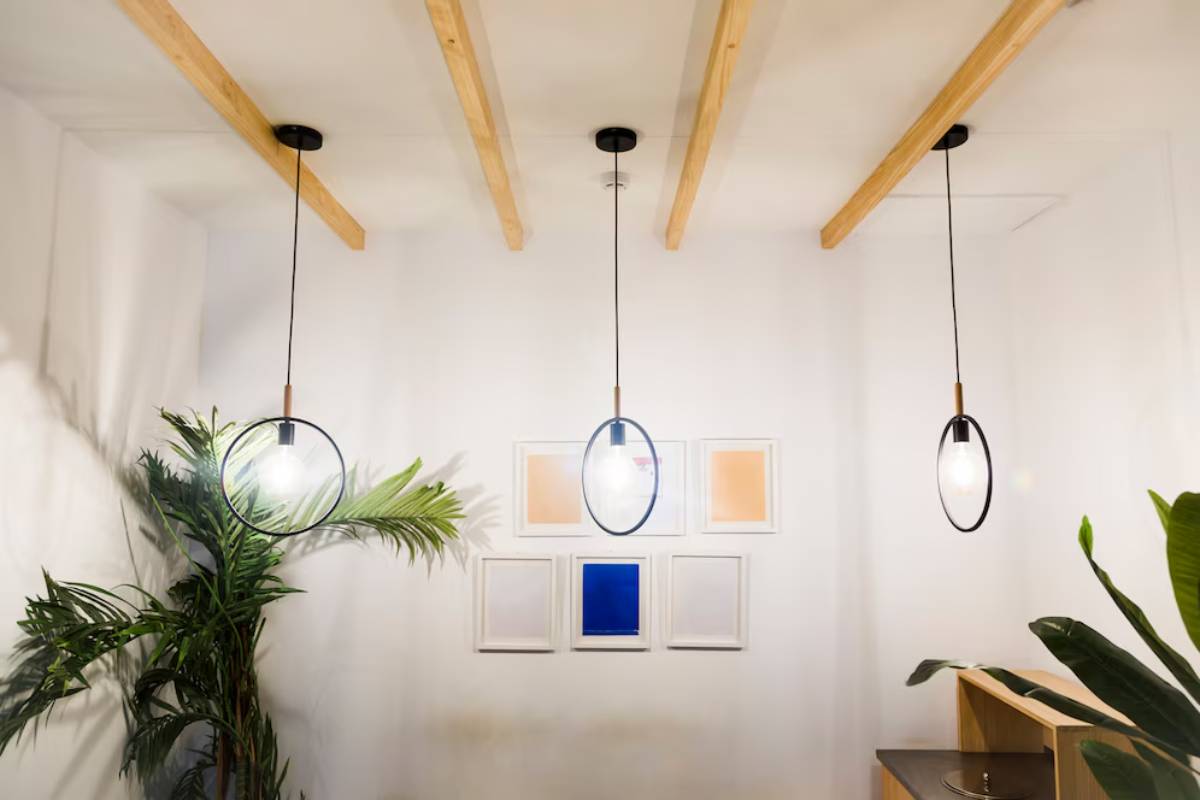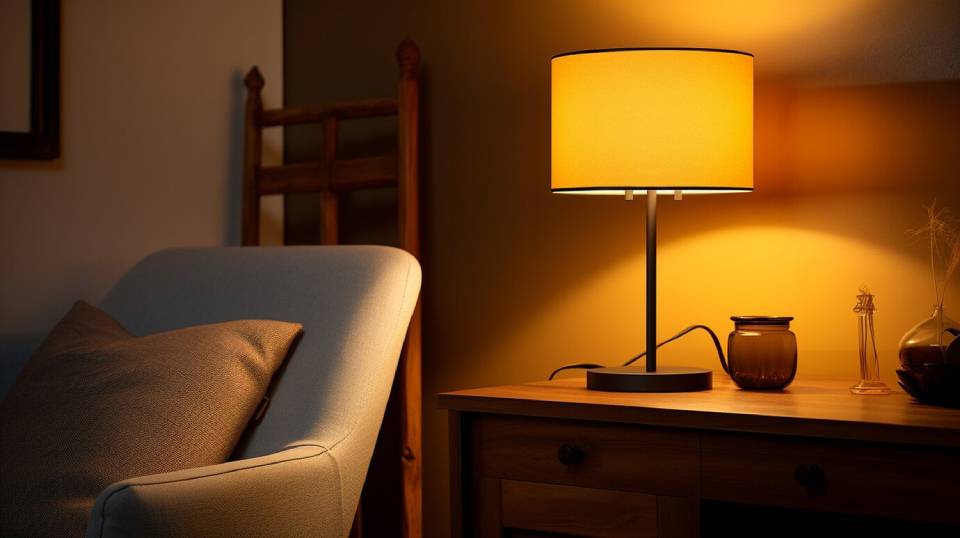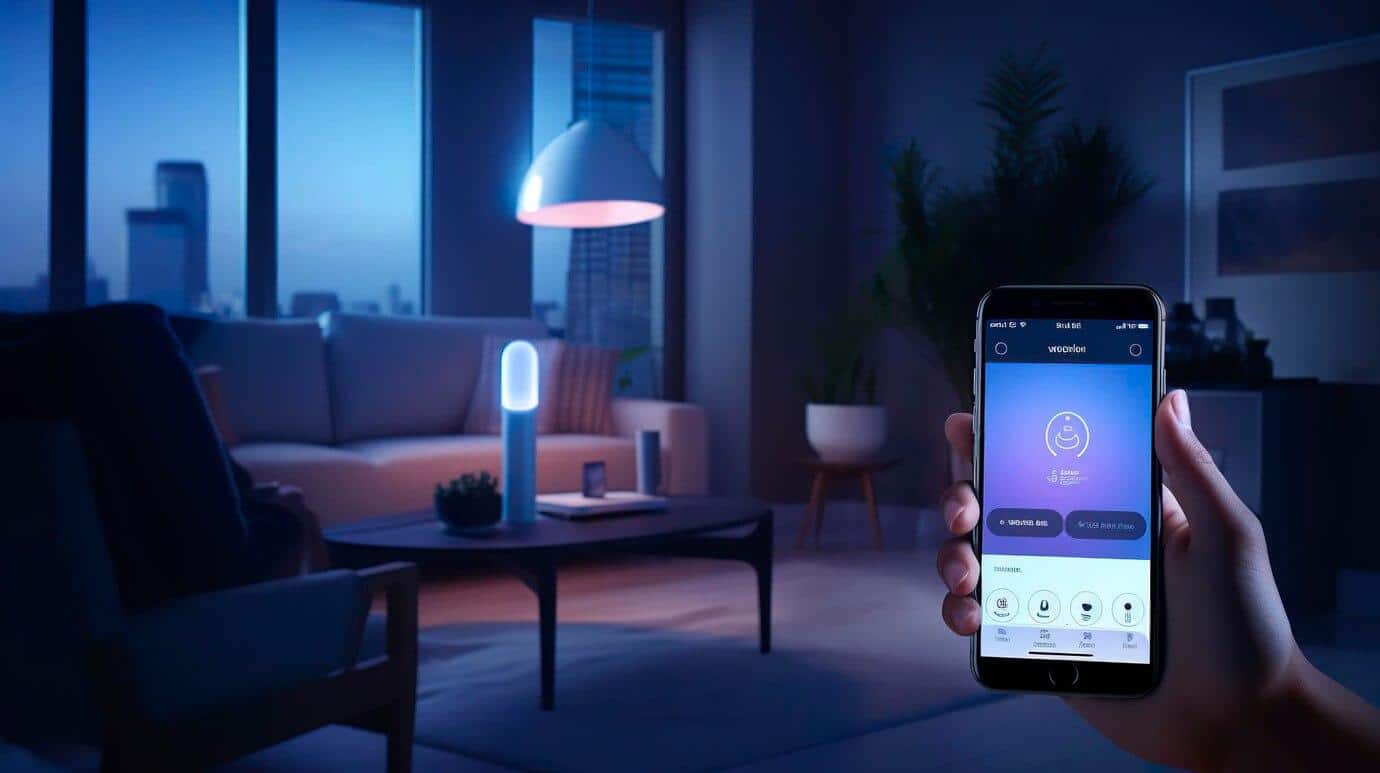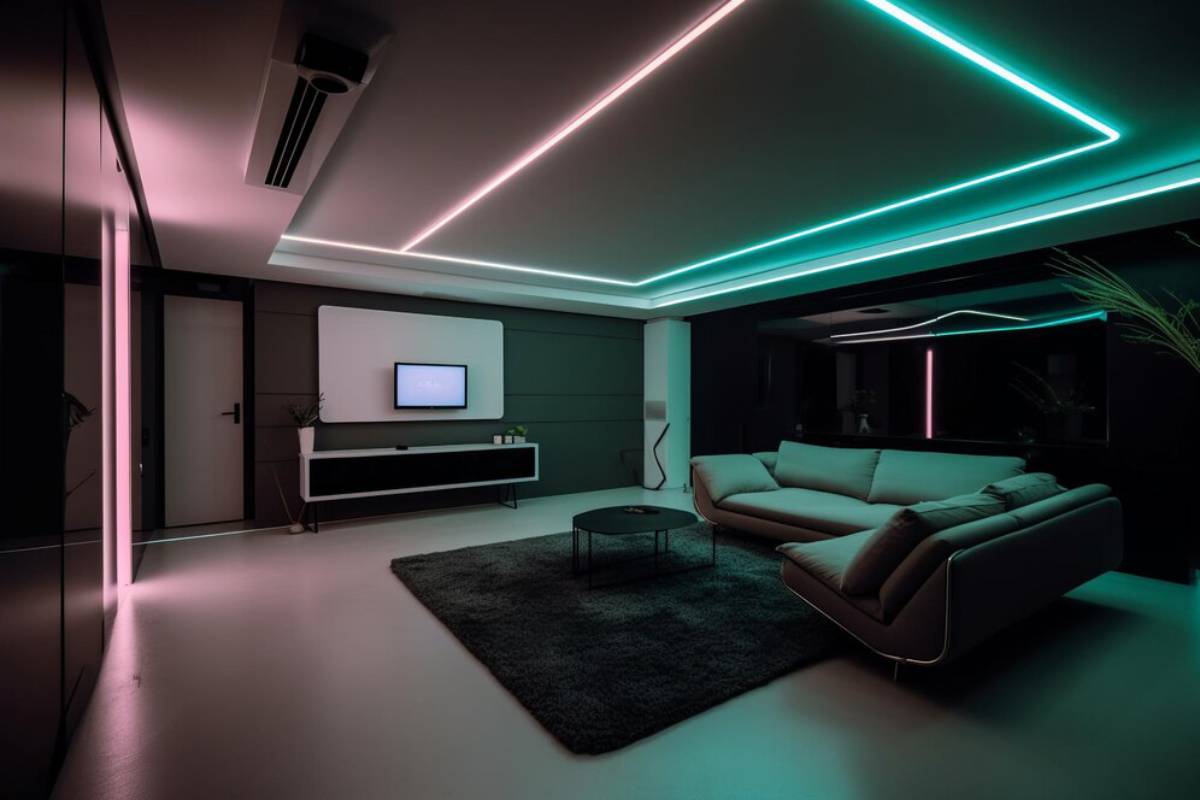
Creative Smart Lighting Layouts for Dark Rooms
Have you ever walked into a room so dark and dreary that it immediately pulled down your mood? You’re not alone. Dark rooms can feel confining and uninspiring, but it doesn’t have to stay that way. With smart lighting layouts, you can banish the gloom and breathe new life into every corner. Whether you’re dealing with a basement flat, a windowless office, or a north-facing bedroom, there are creative lighting solutions that can transform your space.
In this blog, we’ll explore how to design intelligent lighting systems for dark rooms, making them feel brighter, more inviting, and beautifully functional.
Why Smart Lighting Is a Game-Changer for Dark Rooms
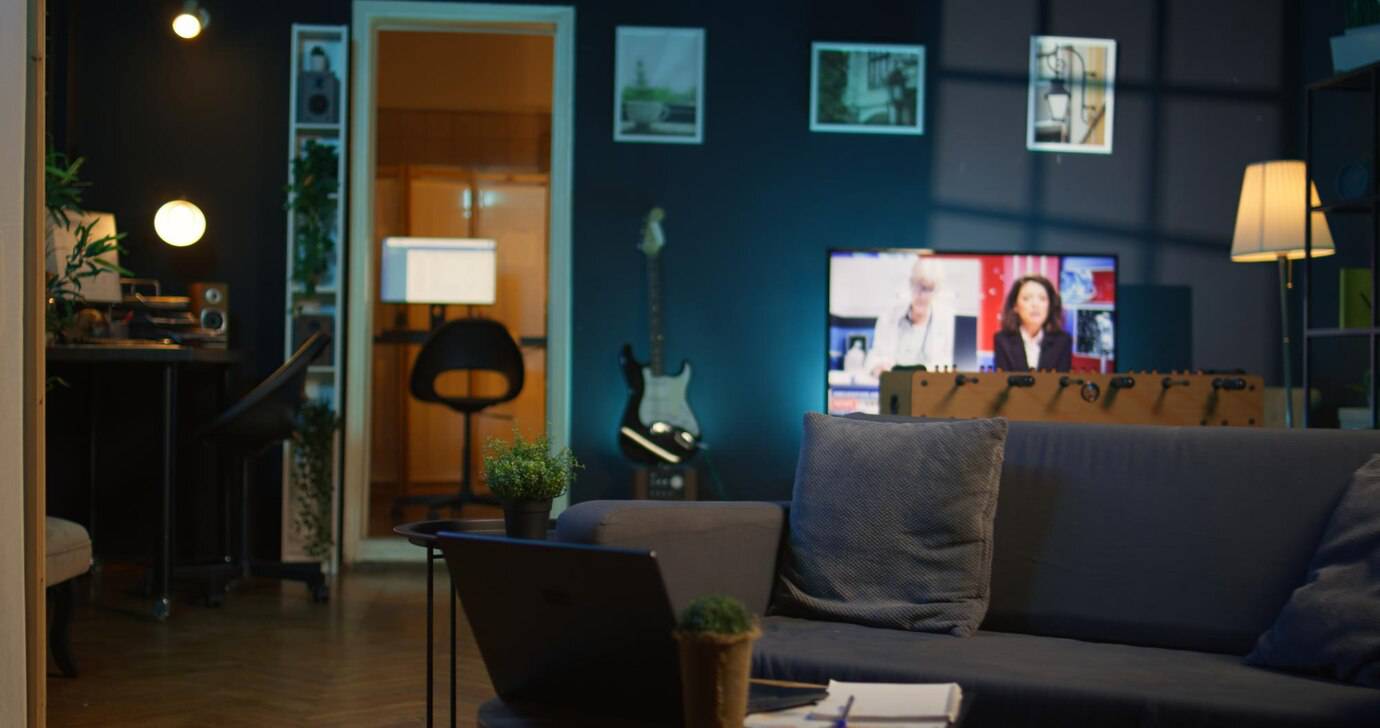
Traditional lighting methods often rely on one or two ceiling fixtures, leaving shadowy corners and dull spots. Smart lighting layouts allow you to:
- Layer different types of light
- Adjust brightness and colour temperature
- Automate settings based on time or mood
- Take charge of your lighting from anywhere, granting you unparalleled flexibility.
- This customised method not only illuminates a space but also infuses it with character and intent. With the ability to adjust brightness and colour, each room can transform according to your mood or activity. Whether it’s a cosy evening or a vibrant gathering, your lighting adapts seamlessly, enhancing the atmosphere and enriching your experience.
Building Blocks of a Smart Lighting Layout
1. Layer Your Lighting
One light source simply isn’t enough. You’ll want to incorporate three layers:
- Ambient Lighting: General lighting that sets the overall tone.
- Task Lighting: Focused lights for activities like reading or cooking.
- Accent Lighting: Decorative lights that highlight features and create mood.
Pro Tip: Smart systems like Philips Hue or LIFX allow you to create “lighting scenes” that combine these layers effortlessly.
Discover more: practical flexible-lighting-solutions-for-multi-use-studio-rooms.
2. Embrace Colour Temperature

Colour temperature, measured in Kelvin (K), dramatically affects how a space feels.
- Cool white light (4000K-5000K): Energising and crisp — ideal for workspaces.
- Warm white light (2700K-3000K): Cosy and calming — perfect for living rooms and bedrooms.
Using smart bulbs, you can switch between warm and cool tones depending on the time of day or the task at hand.
3. Distribute Lighting Evenly
Avoid concentrating all your lighting in one spot. Instead, spread out fixtures to minimise shadows.
Ideas include:
- Recessed ceiling lights
- LED strips along shelves
- Wall sconces at different heights
Distributing light sources helps make a dark room feel balanced and spacious.
Creative Smart Lighting Solutions for Every Room
Living Rooms
Living rooms are often multifunctional, making creative lighting solutions essential.
Top Layout Ideas:
- Install a dimmable overhead smart fixture.
- Add smart floor lamps behind seating areas.
- Integrate LED strips behind your TV or along bookshelves for ambient glow.
Relatable Scenario: Imagine curling up with a good book under a reading lamp while soft background lighting sets a relaxed mood — all controlled by voice command.
Bedrooms
Bedrooms need flexibility — bright light for getting ready, soft light for winding down.
Top Layout Ideas:
- Smart bedside table lamps with adjustable brightness.
- Under-bed lighting strips to create floating effects.
- Dimmable pendant lights or chandeliers.
Related read: how-lighting-can-create-the-illusion-of-space.
Kitchens
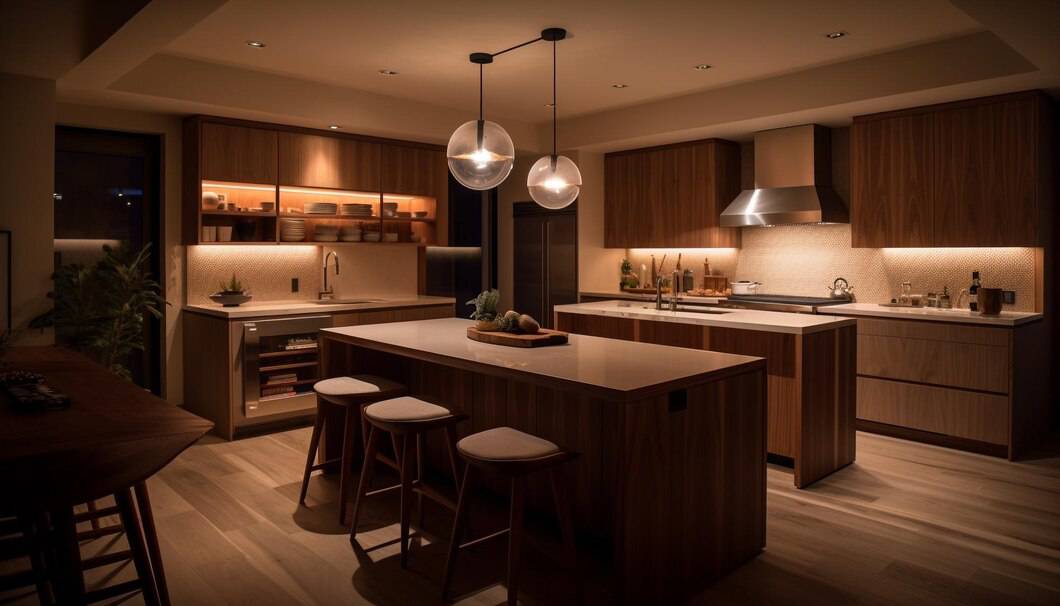
Dark kitchens can feel especially cramped. Smart lighting offers both beauty and functionality.
Top Layout Ideas:
- Smart task lighting under cabinets.
- Overhead recessed lighting with adjustable zones.
- Colour-changing LED strips around islands for a fun touch.
Bathrooms
Bathrooms, particularly windowless ones, benefit greatly from layered smart lighting.
Top Layout Ideas:
- Backlit mirrors.
- Smart ceiling lights with humidity sensors.
- Accent lighting around bathtubs or showers.
Practical Tip: Always choose fixtures rated safe for bathroom use (IP44 or above).
Home Offices
Productivity demands good lighting, especially in darker spaces.
Top Layout Ideas:
- Desk lamps with smart bulbs.
- Adjustable colour temperature to match your circadian rhythm.
- Wall-mounted accent lights to brighten the backdrop during video calls.
Best Smart Lighting Products for Dark Rooms
If you’re wondering where to start, here’s a quick list of reliable favourites:
- Philips Hue Ambience Range: Versatile bulbs offering millions of colour choices.
- LIFX Beam: Modular light bars perfect for creative layouts.
- Nanoleaf Shapes: Fun, customisable wall panels.
- Govee LED Light Strips: Affordable and vibrant for accent lighting.
- TP-Link Kasa Smart Bulbs: Great value for budget-friendly smart lighting.
Practical Tips for Designing Your Layout
1. Plan Before You Install
Sketch your room layout and note:
- Key functional zones
- Dark spots needing attention
- Furniture and architectural features to highlight
2. Automate Your Lighting
Create routines that align with your lifestyle:
- Morning: Bright, cool light to energise.
- Evening: Warm, dimmed light to relax.
- Night: Motion-activated low lights for safe navigation.
3. Don’t Forget Smart Controls
Using voice assistants like Alexa or Google Home makes adjusting your lighting a breeze. Wall-mounted smart switches can also help visitors (and technophobes!) easily control the setup.
4. Mix Fixed and Portable Lights
Not every smart light needs wiring. Table lamps, battery-operated sconces, and plug-in strips add flexibility, especially if you’re renting.
Common Mistakes to Avoid
- Overcomplicating the system: Keep controls intuitive.
- Ignoring natural light: Supplement, don’t replace!
- Using only overhead lighting: Always add layers.
- Choosing mismatched colour temperatures: Stick to cohesive schemes within each zone.
Brighten Your Dark Rooms with Smart Design
Creating a bright, welcoming room isn’t about flooding it with light — it’s about using smart lighting layouts thoughtfully. By layering light, embracing flexible controls, and injecting a little creativity, you can transform any dark space into a vibrant haven.
Ready to say goodbye to gloomy corners? Start sketching your dream layout today, and let smart lighting lead the way!
Which room are you excited to brighten first? Share your ideas in the comments below or tag us with your makeover photos!
